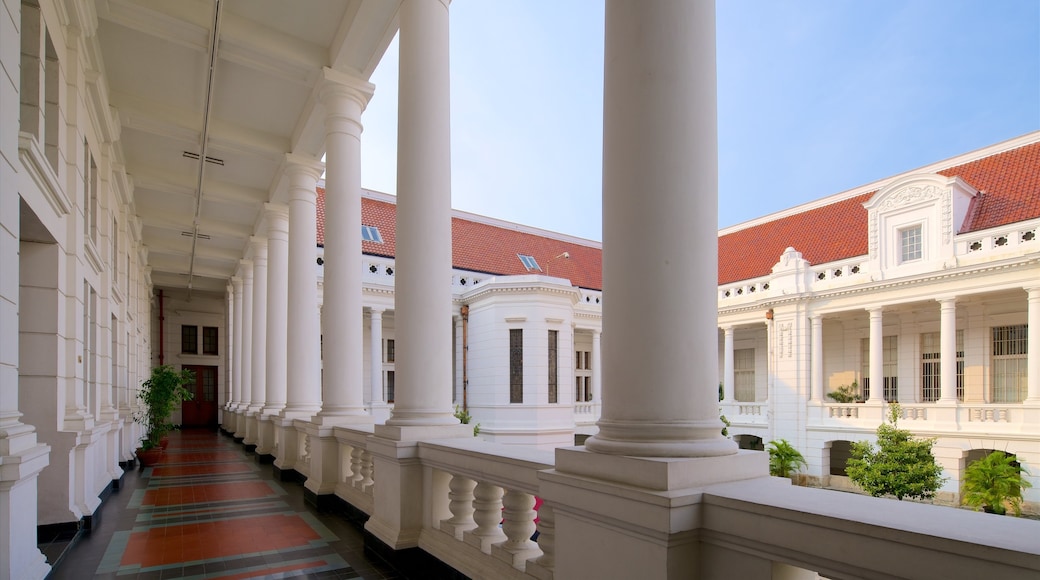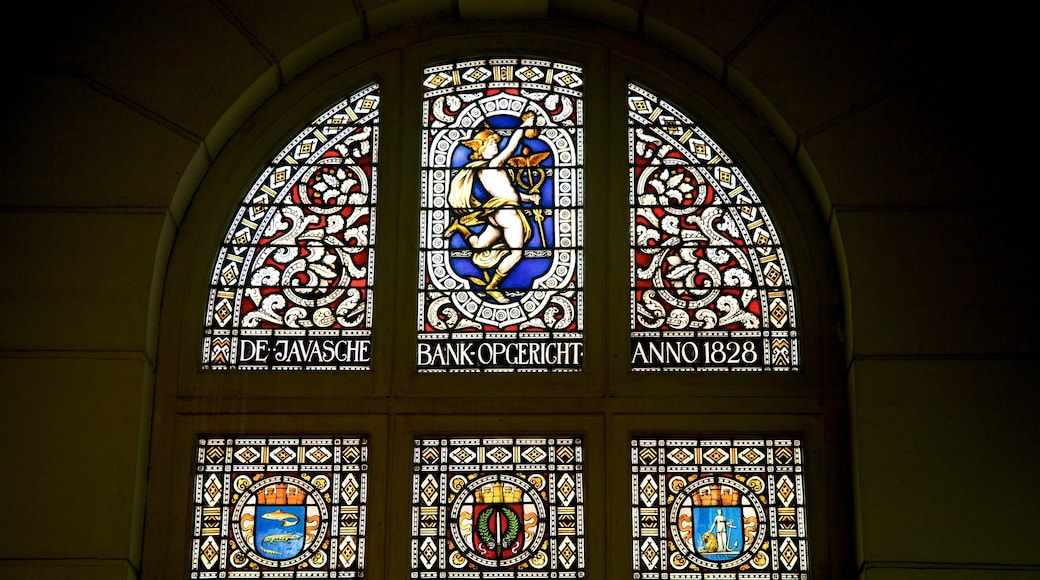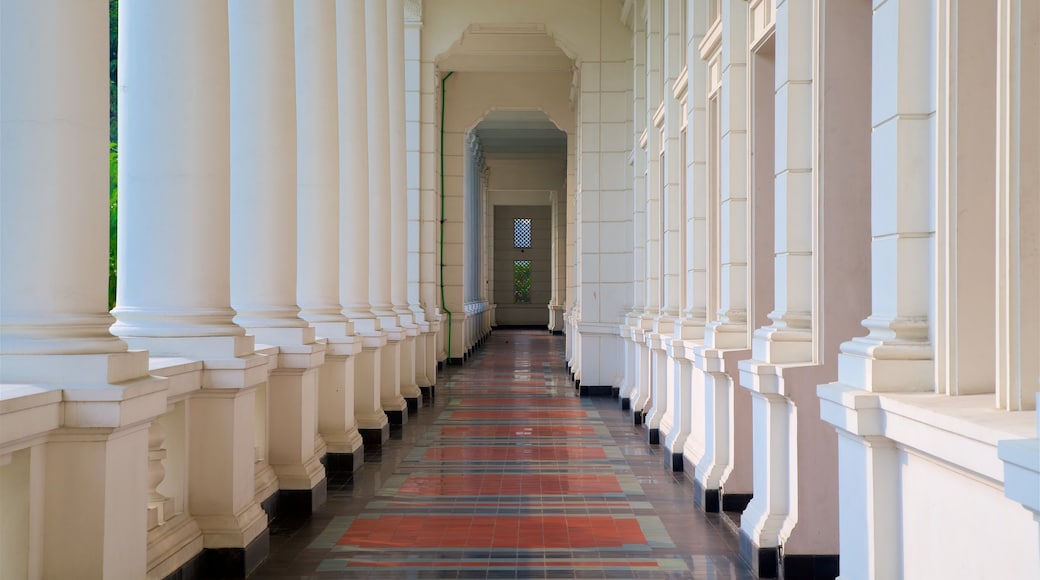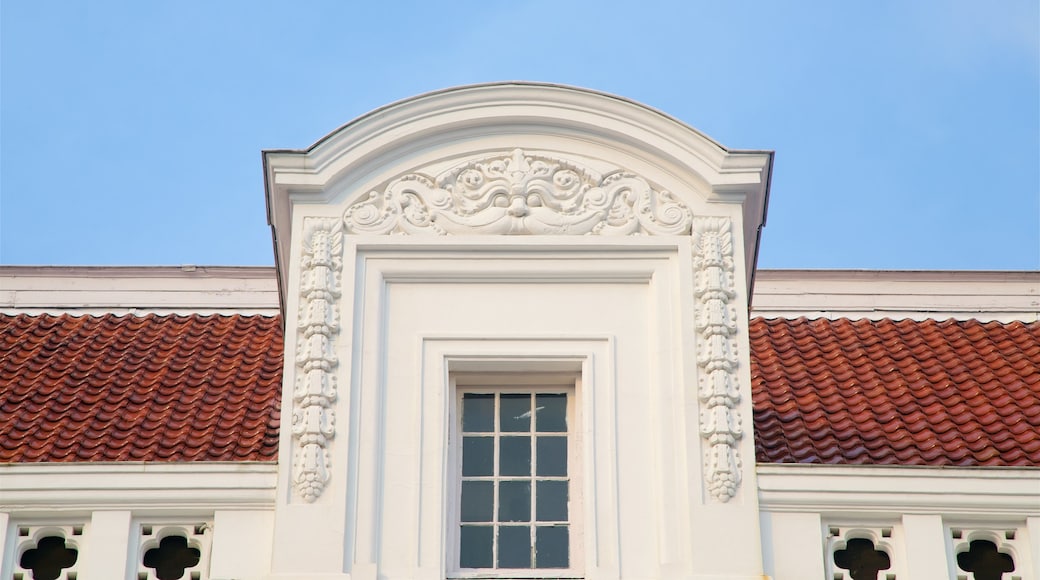Visit the Museum Bank Indonesia to get an insight into the nation’s financial history, trade industry and currencies. Discover events that shaped the economy from the pre-colonial years until the present day. Museum Bank Indonesia opened in 2009 and is operated by the country’s main financial institution, Bank Indonesia. It stands in a landmark building once occupied by the central bank of the Dutch East Indies.
The museum’s exhibits spread across the upper floor of its neo-Renaissance home. Displays range from audiovisual presentations to dioramas, maps and static panels. Spot life-size re-creations of historic banking activities. See a display of gold bars and a panel that depicts the changing logo of Bank Indonesia.
Learn about the importance of the spice trade to Indonesia’s wealth and how the Dutch East India Company monopolized the industry. Understand the banking practices of the Dutch East Indies colony. Exhibits retell events of the 1997 Asian financial crisis and the troublesome riots that followed. See Bank Indonesia’s attempts to redevelop the economy after the crisis and its vision for the future of banking.
Peek inside a meeting room and the governor’s office. Watch videos of one-time governors giving testimonies and approving policies. Go to the numismatic room, which features a chronological collection of Indonesian coins and bank notes. These include examples from the former De Javasche Bank and the country’s brief spell as a Japanese colony.
Located in Jakarta’s Old Town, the museum is close to several other major city attractions. Nearby is Fatahillah Square, home to the Jakarta History Museum, the Museum of Fine Arts and Ceramics and the Puppet Museum. Walk to the Museum Bank Indonesia in 5 minutes from Stasiun Jakartakota train station.
The Museum Bank Indonesia is open from Tuesday to Sunday and has an admission fee. Many of the exhibits have information signs in English. Ask at the reception area about temporary exhibitions and seminars.













